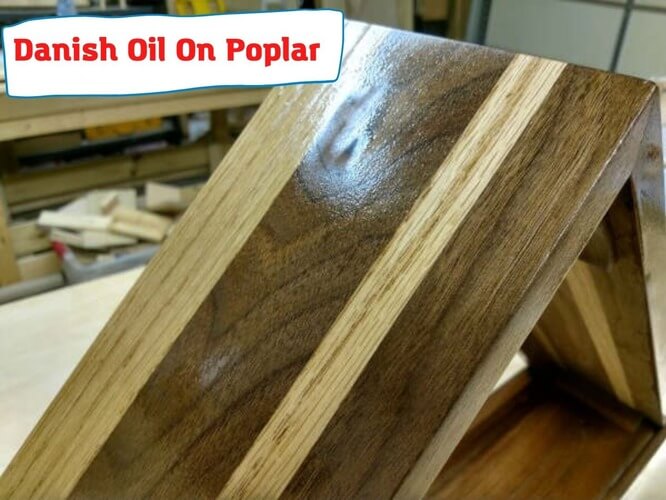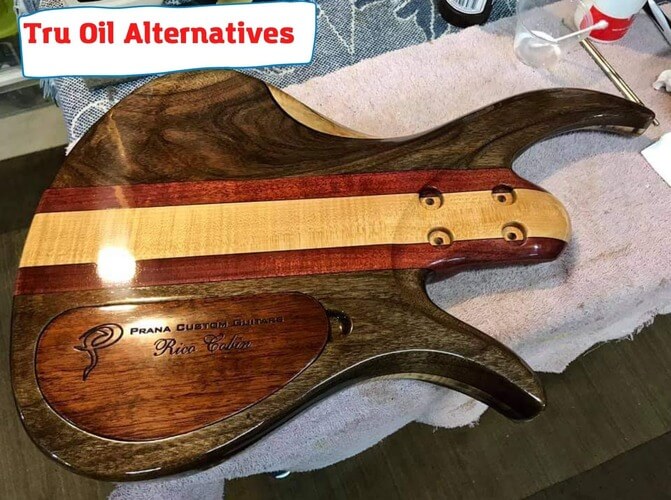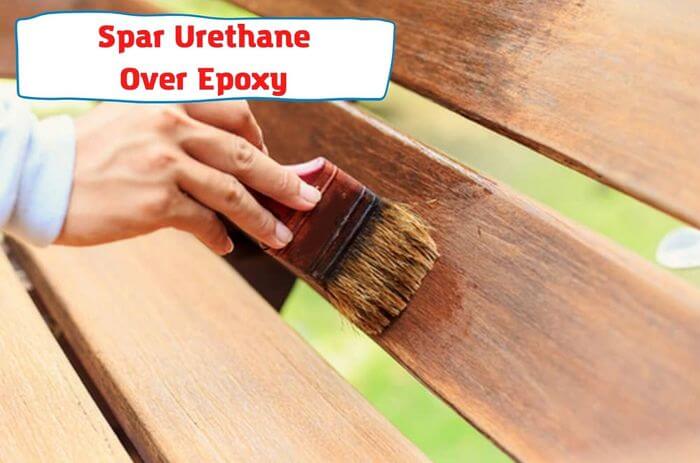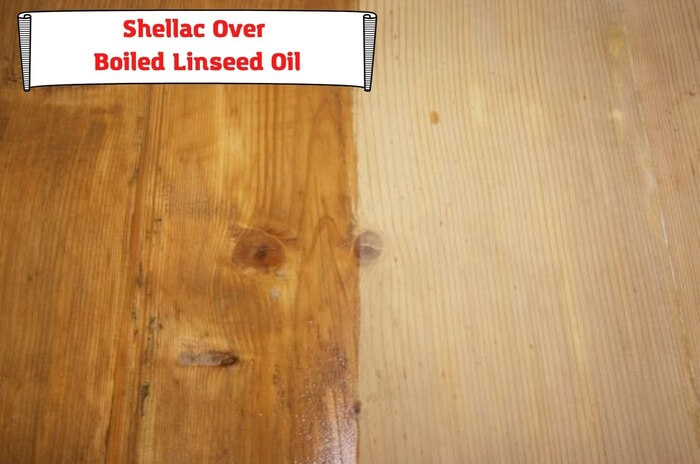Danish oil and wood dye are popular choices in woodworking for enhancing wood’s natural characteristics. Danish oil boosts wood’s durability, while wood dye alters its color.
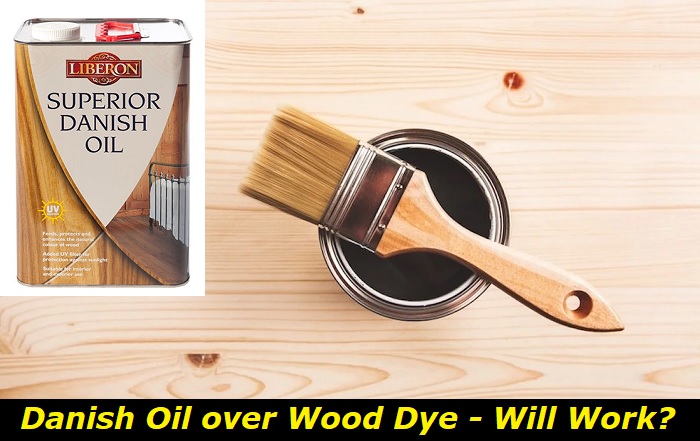
Can You Use Danish Oil Over Wood Dye?
Yes, Danish oil can be effectively used over wood dye. It penetrates the wood, offering protection, while the dye adds color. However, it’s important to consider a few factors when combining these finishes.
Understanding Wood Dye
Wood dye, often referred to as wood stain, is a pigment or colorant for wooden surfaces, typically used on furniture. Available primarily as oil-based or water-based, these dyes come in liquid or paste forms for easy application. They’re great for initial coloration, but often require additional finishes, like oils, for enhanced color depth and protection.
Exploring Danish Oil
Danish oil, suitable for bare wood or over existing stain, is a blend of linseed oil, tung oil, and mineral spirits. This oil penetrates deeply, safeguarding the wood and providing a rich finish. Favored for its ease of application and maintenance, Danish oil subtly alters wood’s color, often deepening it. It’s versatile, allowing application over various stain colors for a uniform finish.
Danish Oil vs. Stain: Understanding the Differences
Danish oil, a favored finish among woodworkers and furniture makers, imbues wood with a deep, rich luster. It enhances the natural colors and grain of the wood, offering a high level of protection and a natural satin finish.
In contrast, wood stain is essentially a color additive mixed into a solvent. Its primary purpose is to alter the wood’s natural hue, either darkening or lightening it. Unlike Danish oil, which serves a protective function, wood stain is predominantly used for aesthetic color changes.
Thus, the primary distinction lies in their roles: Danish oil is a protective agent against moisture and wear, while wood stain is mainly for decorative color alteration. Both, however, are popular in creating beautiful, decorative furniture.
Guidelines for Applying Danish Oil
Applying Danish oil is a straightforward, non-toxic process. However, adhering to the proper steps is crucial for achieving optimal results. Neglecting surface preparation, for instance, can compromise the finish.
Danish oil is applicable on both wet and dry wood and is simpler to apply compared to wood dye. If applying over dyed wood, ensure the dye is completely dry to avoid mixing colors.
Here’s a streamlined guide for applying Danish oil over wood dye:
- Surface Preparation: The wood surface should be dry and clean. The extent of preparation depends on the wood’s current condition.
- Testing: Before full application, test the Danish oil on a small, inconspicuous area of the dyed wood.
- Applying the First Coat: If the test patch is satisfactory, apply the first coat using a clean, soft cloth. Ensure even coverage across the wood.
- Soaking and Additional Coats: Allow the oil to penetrate for at least an hour before adding subsequent coats. For optimal results, up to four coats may be applied.
- Wiping Excess Oil: After the final coat, remove any excess oil, leaving a uniform, even layer.
Following these steps will help ensure a beautiful, lasting finish on your woodwork.
Applying Danish Oil Over Existing Finishes
Using Danish oil over other finishes can be challenging without proper surface preparation. Inadequate preparation can lead to uneven coverage and rapid peeling of the finish.
To successfully apply Danish oil over a previously finished wood surface, thorough preparation is crucial. This includes sanding, cleaning, and completely drying the surface. Once applied correctly, Danish oil dries to form a robust, plastic-like coating, offering durable protection.
Additionally, Danish oil can be reapplied on surfaces where an existing Danish oil finish has begun to deteriorate. For optimal results:
- Ensure Complete Drying: The underlying wood dye or previous finish must be completely dry before applying Danish oil.
- Multiple Coats: Depending on the desired finish, multiple coats of Danish oil may be necessary. Each coat should be given ample time to soak and dry.
Adhering to these guidelines will help achieve a smooth, lasting finish when applying Danish oil over other finishes.
Advantages of Danish Oil Over Wood Dye
Danish oil, as a penetrating oil finish, offers several advantages over wood dye, a surface-level colorant. Here are key benefits of using Danish oil in conjunction with, or over, wood dye:
- Enhanced Stain Protection: Danish oil forms a barrier on wood surfaces, repelling water and other liquids. This helps prevent stains and preserves the appearance of your furniture or woodwork.
- Minimal Color Alteration: Unlike some finishes that yellow over time, Danish oil maintains its color, ensuring minimal impact on the wood dye beneath.
- Rapid Drying: Formulated with drying agents, Danish oil dries quickly, reducing waiting time before the wood can be used.
- Scratch Resistance: By filling in surface imperfections, Danish oil creates a smoother finish that is less prone to scratching.
- Versatility Across Wood Types: Danish oil is suitable for various wood types, without altering their color or grain patterns.
- UV Protection: It helps prevent fading by blocking UV rays, making it an ideal choice for outdoor furniture.
- Accessibility and Ease of Application: Widely available in hardware stores, Danish oil is user-friendly, making it a viable option for DIY projects.
Incorporating Danish oil over wood dye thus offers a combination of aesthetic preservation and enhanced durability.
Danish Oil vs. Wood Dye: Can One Replace the Other?
Danish oil and wood dye serve different purposes in woodworking and cannot be used interchangeably.
Danish oil acts as a varnish, sealing and protecting wood while preserving its natural appearance. It’s primarily a protective coating, unlike wood dye, which is used to impart color to wood.
If your goal is to change the wood’s color, wood dye is necessary. For protection and sealing, Danish oil is the better choice. It can also rejuvenate the finish of existing furniture. However, using Danish oil does not replicate the coloring effect of wood dye. The underlying color from the wood dye may influence the final appearance post-application of Danish oil.
Conclusion
Applying Danish oil over wood dye offers multiple benefits, including resistance to water, stains, and bugs, and it can slow the wood’s aging process. Danish oil is a reliable finish for various wood projects. When applied correctly, it enhances the wood’s natural elegance. For projects where both color change and protection are desired, using wood dye followed by Danish oil is an effective approach.
Danish oil is thus a valuable addition to your woodworking toolkit, especially for adding a deep, enduring finish to dyed wood.
- Can You Unmix Paint: Techniques, Consequences, Alternatives - February 23, 2024
- Does Primer Need to be Mixed? Effective Primer Application - February 22, 2024
- How to Make Old Paint Usable Again: Retrieving and Preserving Paint - February 21, 2024
